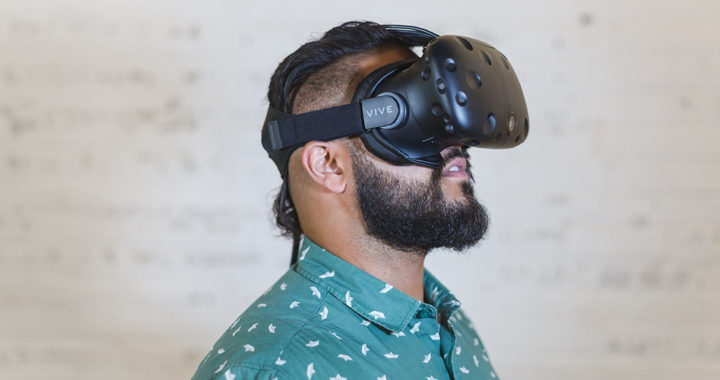There is a stark difference between virtual reality and augmented reality or VR and AR. Both are based on the use of related technologies to facilitate interactive computer-generated sensory or perceptual information and experiences. The two also utilize sensory feedback, such as auditory or visual cues, to provide users with an immersive experience within a computer-mediated reality. However, despite these similarities, virtual reality and augmented reality have different conceptual and operational frameworks, characteristics, and applications.
VR vs AR: Understanding and Explaining the Difference Between Virtual Reality and Augmented Reality
Definitions and Characteristics
A virtual reality or VR system is an interactive computer-generated perceptual information and experience that takes place within a simulated environment. Hence, when using a particular VR system or device, a person is brought to a new environment and exposed to artificially simulated perceptual information created by a computer.
The aforesaid is almost the same in augmented reality or AR. It also provides users with interactive computer-generated perceptual information and experience. The difference is that the information and experience are overlaid onto a real-world environment. A particular AR system extends or augments the real-world environment.
It is worth mentioning that some consider AR as a subset of VR. Others have encouraged using these two terminologies separately due to their distinct technical characteristics and applications. Nevertheless, based on the definitions mentioned above, the difference between virtual reality and augmented reality is relatively straightforward.
Highlighting the Differences
VR focuses on immersing users in an artificially produced virtual or simulated environment to enable them to experience computer-generated perceptual information. AR does not transport users into a simulated environment. It keeps them in the real world while providing additional perceptual information generated by a computer.
It is important to note the fact that AR modifies the real environment. It introduces components of the digital world or digital elements into the perception of the natural environment. AR adds to the existing natural world. VR centers on transporting its user to a new and artificial world. It provides a more immersive user experience.
The difference between virtual reality and augmented reality is that the former replaces the real world with a simulated world while the latter overlays the real world with computer-generated perceptual information. VR offers a more immersive experience than AR because it allows users to interact with a new world and alternative reality.
A Note on the Difference Between Virtual Reality and Augmented Reality, and the Arrival of Mixed Reality
There are those who consider mixed reality or MR as a subset of augmented reality and also a further implementation of virtual reality. There are also those who argue for the strict usage of these terminologies and apparent differentiation among the three to avoid lexical confusion and allow easier communication with the public.
Remember that the difference between VR and AR is that the former immerses the users in a simulated or artificial environment while the latter centers on overlaying or superimposing computer-generated perceptual information such as virtual objects and digital content onto the real world or the existing natural environment.
Mixed reality or MR combines virtual reality and augmented reality. It merges the real-world environment and the computer-generated environment or creates a mixed environment where the real world coexists with digital content. MR anchors computer-generated perceptual information to the natural or real-world environment.

